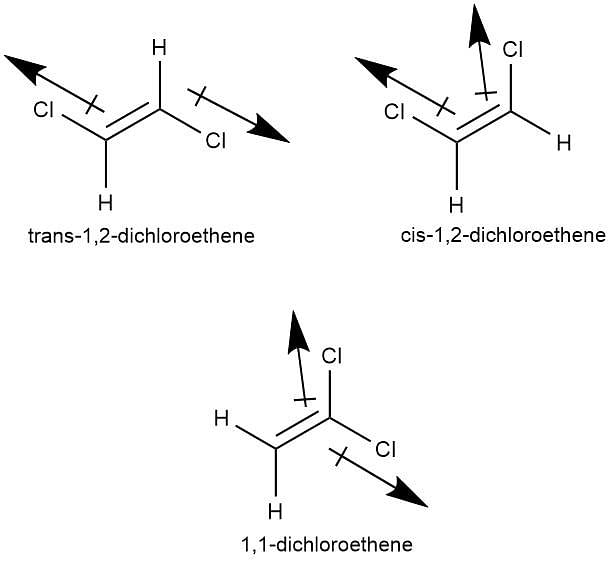Test: Alkenes - NEET MCQ
15 Questions MCQ Test Chemistry Class 11 - Test: Alkenes
Identify the addition reaction which is not undergone by the alkenes
Which of the following compounds will lose optical activity after the reaction ?
| 1 Crore+ students have signed up on EduRev. Have you? Download the App |
Identify the addition reaction which is not undergone by the alkenes
Direction (Q, Nos. 13 - 16) This section is based on Statement I and Statement II. Select the correct answer from the codes given below.
Q.
Statement I : 2-butyne on reduction with Pd/CaCO3 gives c/s-2-butene.
Statement II : Hydrogenation proceed through adsorption mechanism.
Statement I : 2, 3-dibromo butane with Zn-dust gives frans-2-butene as major product.
Statement II : frans-2-butene is more stable than c/s-2-butene.
Ethylene on reaction with bromine forms which among the following product?
Out of the following compounds , which will be have a zero dipole moment.
When propene reacts with HBr in the presence of peroxide, it gives rise to
|
127 videos|244 docs|87 tests
|





















